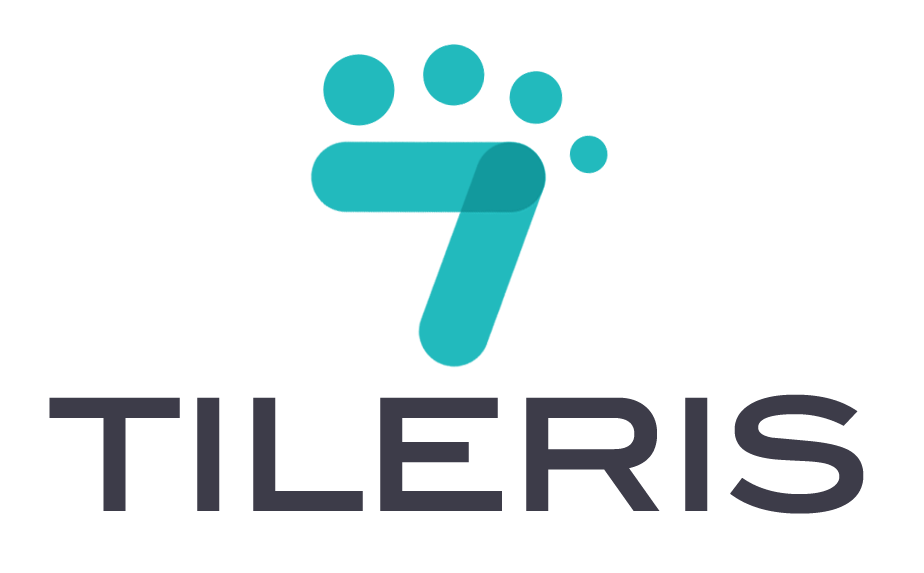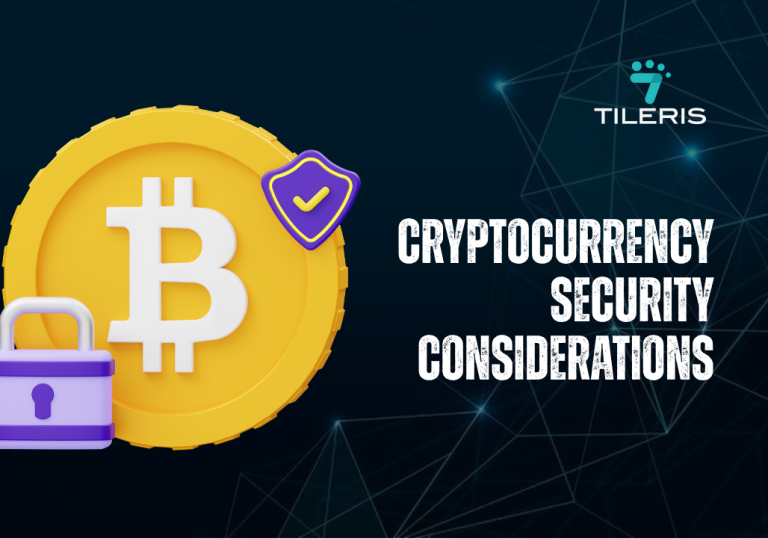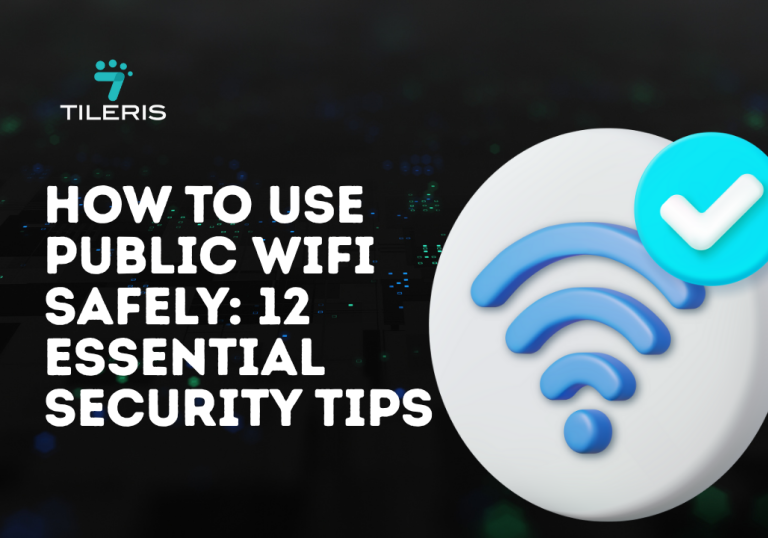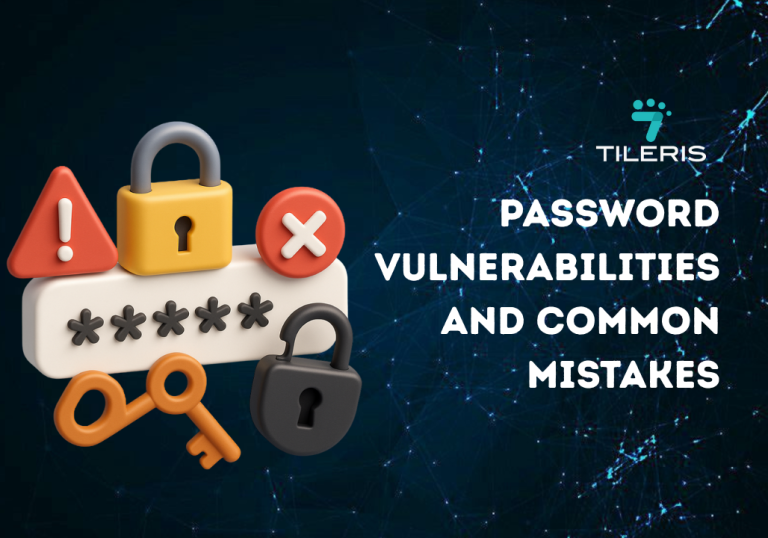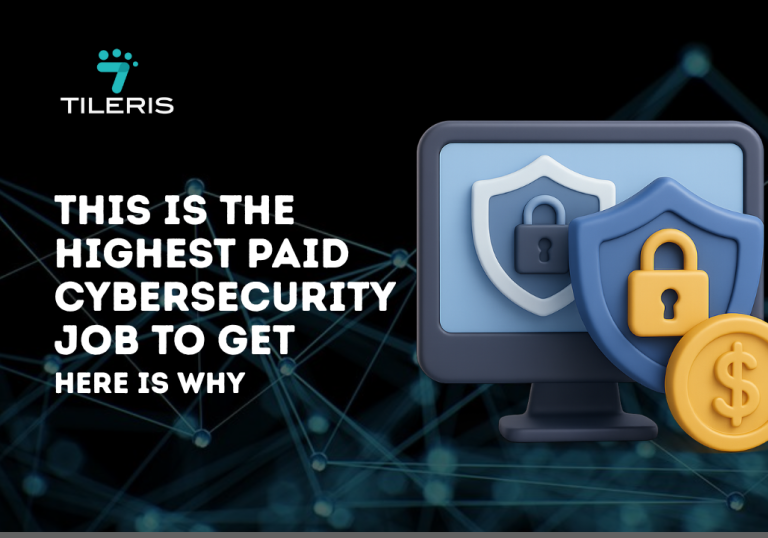Email Gateway Encryption: Enterprise Implementation
Introduction
Email gateway encryption represents a critical security layer in modern enterprise communication infrastructure, serving as the first line of defense against email-borne threats while ensuring data confidentiality and compliance with regulatory requirements. This comprehensive implementation guide addresses the architectural considerations, policy configurations, and monitoring frameworks necessary for deploying robust email gateway encryption solutions in enterprise environments.
Understanding Email Gateway Encryption
Email gateway encryption operates at the perimeter of organizational networks, intercepting, analyzing, and securing email communications before they reach internal mail servers or external recipients. Unlike traditional email encryption that relies on end-user implementation, email gateway encryption provides centralized, policy-driven protection that operates transparently to users while maintaining comprehensive security coverage.
The encryption process involves multiple cryptographic protocols including Transport Layer Security (TLS), Secure/Multipurpose Internet Mail Extensions (S/MIME), and Pretty Good Privacy (PGP), each serving distinct security functions within the email transmission pipeline. Modern email gateway encryption solutions integrate these protocols seamlessly, providing automatic encryption decisions based on predefined policies and recipient capabilities.
Architecture Design Considerations
Core Infrastructure Components
The foundational architecture of email gateway encryption systems comprises several interconnected components that work in concert to provide comprehensive email security. The primary gateway appliance serves as the central processing unit, handling all inbound and outbound email traffic while performing real-time encryption and decryption operations. This appliance typically operates in high-availability configurations, utilizing load balancing and failover mechanisms to ensure continuous service availability.
Directory integration represents another crucial architectural element, connecting the email gateway encryption system with existing Active Directory, LDAP, or other identity management systems. This integration enables automatic policy application based on user attributes, organizational units, and group memberships, ensuring that encryption policies align with business requirements and security postures.
Key management infrastructure forms the backbone of the encryption architecture, providing secure storage, distribution, and rotation of cryptographic keys. Enterprise implementations typically employ Hardware Security Modules (HSMs) or Key Management Services (KMS) to maintain key integrity and provide tamper-resistant storage capabilities. The key management system must support multiple key types including symmetric encryption keys, asymmetric key pairs, and certificate authorities for PKI implementations.
Network Integration Architecture
Proper network integration ensures that email gateway encryption solutions operate efficiently within existing infrastructure while maintaining security boundaries. The typical deployment model positions the encryption gateway in a demilitarized zone (DMZ), creating a secure buffer between internal mail servers and external networks. This placement enables the gateway to inspect and process all email traffic while preventing direct external access to internal systems.
Network segmentation strategies should isolate the encryption gateway from other network services, implementing microsegmentation principles that limit lateral movement capabilities in case of compromise. Virtual Local Area Networks (VLANs) or software-defined networking (SDN) approaches provide granular traffic control, ensuring that encryption operations remain isolated from other network functions.
High-availability architectures require careful consideration of network routing and failover mechanisms. Active-passive configurations provide redundancy through standby systems that can assume primary responsibilities during failures, while active-active configurations distribute load across multiple gateways simultaneously. Network load balancers with health checking capabilities ensure traffic distribution and automatic failover to healthy systems.
Scalability and Performance Architecture
Enterprise email gateway encryption systems must accommodate varying traffic loads while maintaining consistent performance characteristics. Horizontal scaling approaches utilize multiple gateway appliances operating in parallel, distributing encryption workloads across available resources. This architecture supports linear performance scaling as organizational email volumes increase.
Vertical scaling considerations include CPU cryptographic acceleration capabilities, memory allocation for concurrent encryption operations, and storage subsystem performance for temporary message queuing. Modern processors with dedicated cryptographic instruction sets significantly improve encryption performance, while sufficient memory allocation prevents bottlenecks during peak traffic periods.
Caching mechanisms enhance performance by storing frequently accessed cryptographic materials, certificate chains, and policy decisions. Intelligent caching strategies reduce cryptographic overhead while maintaining security requirements, particularly for recurring email patterns and commonly accessed public keys.
Policy Configuration Framework
Encryption Policy Hierarchy
Effective email gateway encryption implementation requires a well-structured policy hierarchy that addresses organizational security requirements while maintaining operational flexibility. The policy framework typically begins with global baseline policies that establish minimum encryption standards for all email communications, followed by departmental or functional policies that address specific business requirements.
Global policies define fundamental encryption requirements including minimum cipher suites, key lengths, and protocol versions. These policies establish the security baseline for all email communications, ensuring that no messages fall below acceptable security thresholds. Common global policy elements include mandatory TLS 1.2 or higher for transport encryption, minimum 2048-bit RSA keys for asymmetric encryption, and AES-256 for symmetric encryption operations.
Departmental policies build upon global baselines while addressing specific functional requirements. For example, finance departments may require additional encryption for messages containing financial data, while legal departments may need special handling for privileged communications. These policies utilize content inspection capabilities to identify sensitive information automatically and apply appropriate encryption controls.
User-specific policies provide granular control for individual users or small groups with unique security requirements. Executive communications, external partner relationships, and regulatory compliance scenarios often require customized encryption approaches that differ from standard organizational policies.
Content Classification and Tagging
Automated content classification enables intelligent encryption decisions based on message content, attachments, and metadata. Data Loss Prevention (DLP) engines integrated with email gateway encryption systems analyze message content using pattern recognition, keyword matching, and machine learning algorithms to identify sensitive information categories.
Classification schemas should align with organizational data governance frameworks, utilizing standardized sensitivity labels such as Public, Internal, Confidential, and Restricted. Each classification level triggers specific encryption requirements, ensuring that sensitive information receives appropriate protection without over-encrypting low-sensitivity communications.
Tagging mechanisms enable persistent classification throughout the email lifecycle, maintaining sensitivity labels as messages traverse different systems and storage locations. Metadata preservation ensures that encryption decisions remain consistent across email processing workflows, preventing inadvertent exposure of sensitive information.
Recipient-Based Policy Application
Intelligent recipient analysis enables dynamic encryption policy application based on destination domains, individual recipients, and organizational relationships. External recipient policies typically enforce stronger encryption requirements for communications leaving the organization, while internal recipient policies may utilize lighter encryption approaches for efficiency.
Domain-based policies allow organizations to establish specific encryption requirements for communications with partner organizations, vendors, or customers. These policies can specify required encryption protocols, certificate validation requirements, and key exchange mechanisms based on recipient domain characteristics.
Individual recipient policies provide the highest level of granularity, enabling custom encryption approaches for specific email addresses or contact groups. These policies often address unique partner requirements, regulatory compliance needs, or security agreements that require specialized encryption handling.
Monitoring Setup and Implementation
Real-Time Monitoring Capabilities
Comprehensive monitoring systems provide visibility into email gateway encryption operations, enabling proactive identification of security events, performance issues, and policy violations. Real-time monitoring dashboards display key metrics including encryption success rates, policy application statistics, and system performance indicators.
Event correlation engines analyze multiple data sources to identify patterns and anomalies that may indicate security threats or operational issues. These systems correlate encryption events with authentication logs, network traffic patterns, and system performance metrics to provide comprehensive security insights.
Alerting mechanisms ensure that security teams receive timely notifications of critical events, policy violations, or system failures. Configurable alert thresholds enable organizations to balance notification frequency with operational requirements, preventing alert fatigue while ensuring rapid response to significant events.
Audit Logging and Compliance Monitoring
Detailed audit logging captures all encryption operations, policy decisions, and administrative actions for compliance and forensic purposes. Log entries should include timestamps, user identities, message identifiers, encryption methods applied, and policy rationale for each email processed.
Compliance monitoring systems continuously evaluate email gateway encryption operations against regulatory requirements and organizational policies. Automated compliance checks identify policy violations, encryption failures, and configuration drift that could impact regulatory compliance.
Log retention policies ensure that audit trails remain available for required compliance periods while managing storage costs and performance impacts. Automated log archiving and compression mechanisms maintain long-term retention capabilities while optimizing active storage utilization.
Performance Metrics and Optimization
Performance monitoring systems track key operational metrics including message throughput, encryption latency, system resource utilization, and queue depths. These metrics enable capacity planning and performance optimization to maintain consistent service levels as email volumes fluctuate.
Bottleneck identification tools analyze performance metrics to identify system constraints that limit encryption throughput or increase processing latency. Common bottlenecks include CPU utilization during peak encryption operations, memory constraints during large message processing, and storage I/O limitations during message queuing.
Optimization recommendations based on performance analysis help maintain efficient operations while accommodating growth requirements. Recommendations may include hardware upgrades, configuration adjustments, or architectural modifications to improve system performance.
Advanced Implementation Strategies
Integration with Existing Security Infrastructure
Email gateway encryption systems should integrate seamlessly with existing security infrastructure including Security Information and Event Management (SIEM) systems, threat intelligence platforms, and incident response workflows. API-based integrations enable automated threat intelligence sharing and coordinated response activities.
Single Sign-On (SSO) integration provides consistent authentication experiences while maintaining security boundaries. SAML, OAuth, or other federation protocols enable users to access encryption management interfaces using existing organizational credentials without requiring separate authentication systems.
Certificate lifecycle management integration ensures that encryption certificates remain current and properly configured. Automated certificate renewal, revocation checking, and certificate authority integration prevent encryption failures due to expired or compromised certificates.
Disaster Recovery and Business Continuity
Comprehensive disaster recovery planning ensures that email gateway encryption capabilities remain available during system failures, natural disasters, or other business disruptions. Recovery Time Objectives (RTO) and Recovery Point Objectives (RPO) define acceptable downtime and data loss thresholds for encryption services.
Backup and restoration procedures should address both configuration data and cryptographic materials. Encrypted backups protect sensitive key materials while ensuring that restoration processes can rapidly rebuild encryption capabilities. Regular backup testing validates restoration procedures and identifies potential recovery issues.
Geographically distributed deployments provide resilience against regional disasters while maintaining encryption service availability. Active-active configurations across multiple data centers enable load distribution and automatic failover capabilities that minimize service disruptions.
Emerging Technologies and Future Considerations
Quantum-resistant encryption algorithms represent an important consideration for long-term email security strategies. Post-quantum cryptography research continues to develop algorithms that resist attacks from quantum computers, ensuring long-term security for encrypted email communications.
Artificial intelligence and machine learning integration enhances encryption decision-making through intelligent content analysis, threat detection, and policy optimization. These technologies enable more sophisticated encryption policies that adapt to changing threat landscapes and communication patterns.
Cloud-native email gateway encryption solutions provide scalability and management advantages for organizations adopting hybrid or cloud-first strategies. These solutions offer elastic scaling capabilities, managed service options, and integration with cloud security platforms.
Want to know more about email security and learn how to secure your email from these breaches, visit us at tileris.com
Conclusion
The implementation of email gateway encryption represents a fundamental security imperative for modern enterprises operating in an increasingly complex threat landscape. Successful deployment requires careful orchestration of architectural design principles, policy configuration frameworks, and monitoring implementations that work cohesively to create a robust security posture. The architectural considerations, hierarchical policy frameworks, and comprehensive monitoring capabilities outlined in this guide provide organizations with the technical foundation necessary to protect sensitive communications while maintaining operational efficiency and regulatory compliance. Organizations that invest in comprehensive email gateway encryption strategies position themselves to mitigate risks associated with sophisticated cyber threats, data breaches, and evolving regulatory requirements.
The convergence of emerging technologies including artificial intelligence, quantum-resistant cryptography, and cloud-native architectures presents both opportunities and challenges for email gateway encryption implementations. Return on investment extends beyond quantifiable cost savings to include risk mitigation, brand protection, and competitive differentiation benefits, with comprehensive encryption implementation typically representing a fraction of potential breach-related expenses. As organizations continue to adopt hybrid work models and digital transformation initiatives, email gateway encryption becomes increasingly critical for maintaining security boundaries across diverse technology environments. The implementation guidance provided in this analysis equips security professionals with evidence-based recommendations that, when adapted to specific business requirements, will establish robust email security foundations supporting long-term organizational objectives in an increasingly interconnected business environment.
To take your cybersecurity to the next level, proceed to downloading our free security checklist, it’s packed with simple steps to help you stay protected online. And for more contents like this just head over to tileris.com.
If you’re looking for more hands-on support or more cyber security contents like this contact us, you can also request a free consultation with our AI agents, our experts are ready to guide you. Or, if you’d rather see how Tileris works in real time, go ahead and request a demo through our contact form.
